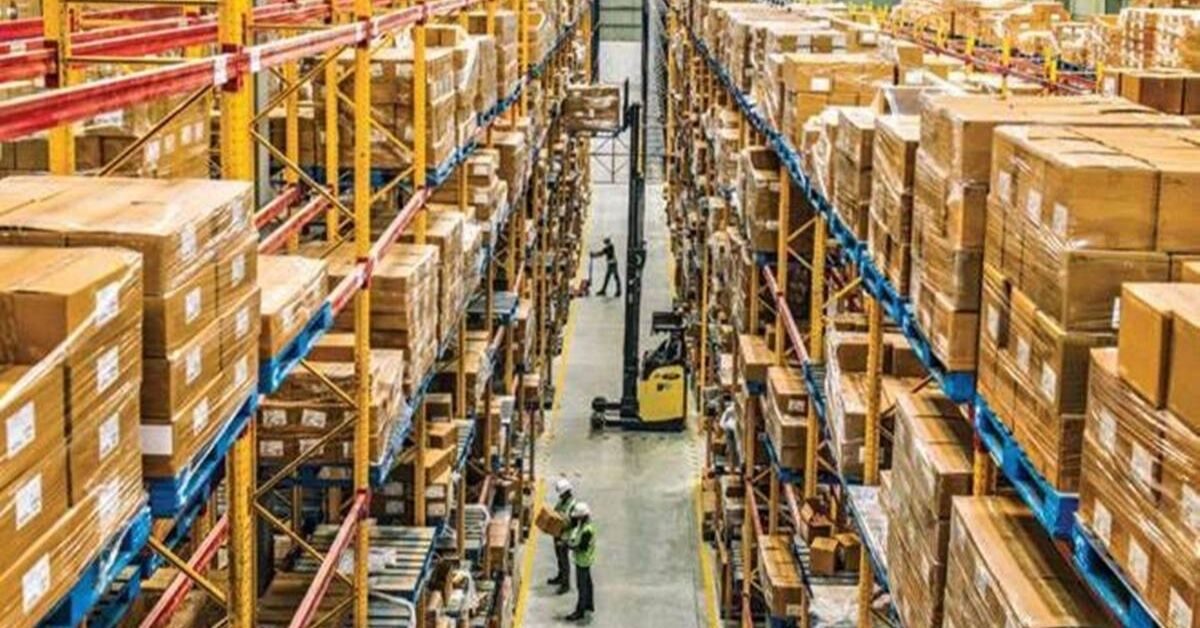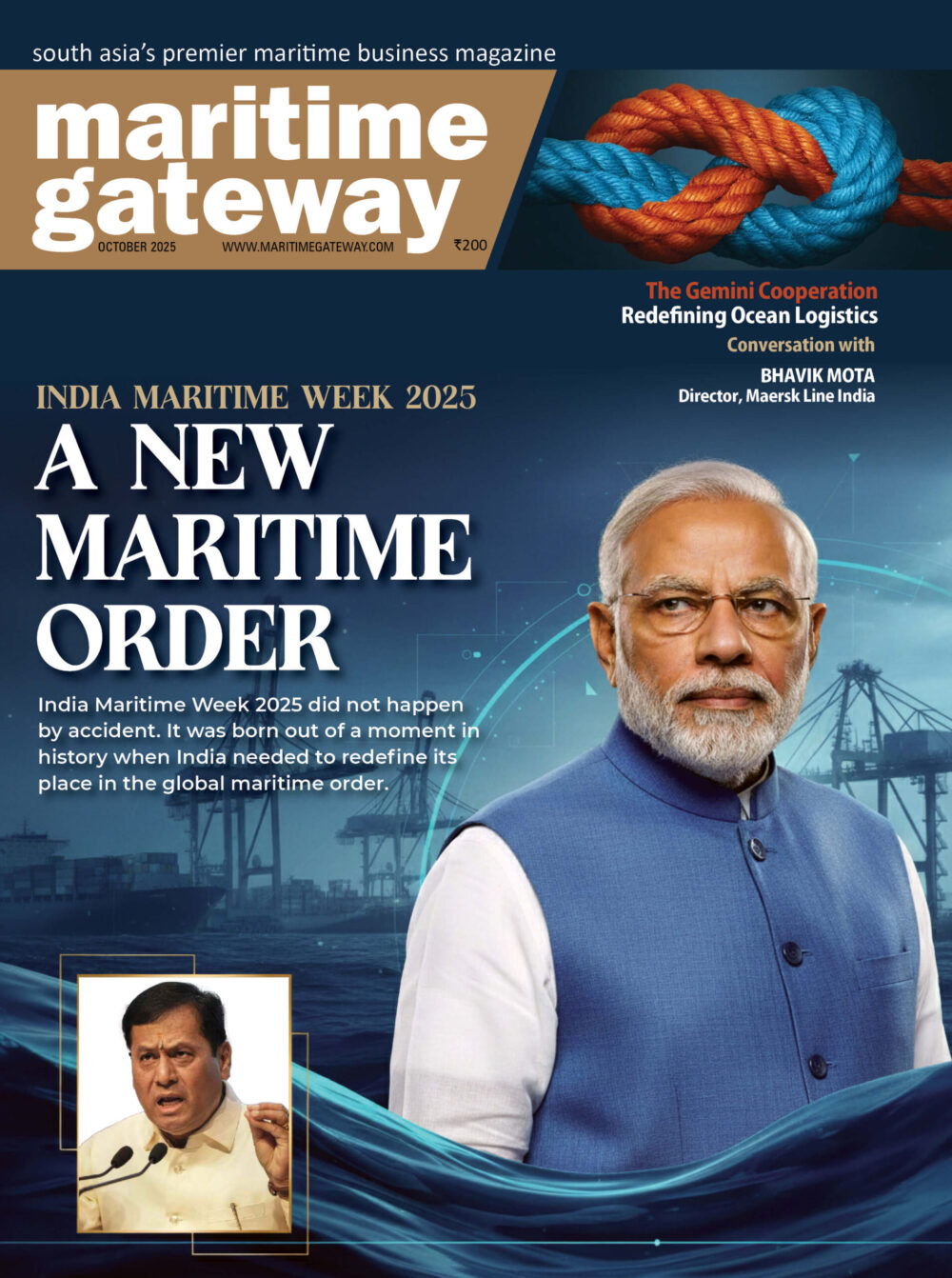Gxpress director Praveen Vashistha said that warehousing, which comprises around 10% of the overall logistics cost, has a significant impact on optimising the remaining 90% that includes transportation, inventory management, material handling, packaging, etc
The Indian warehousing and logistics industry had an admirable run last year as Covid-19 forced businesses to focus on continuity plans and supply chain constraints. The growth momentum is expected to continue in 2021 as sectors like e-commerce, FMCG and pharmaceuticals look to penetrate deeper into tier II and III cities.
Logistics players and analysts are convinced about the sector’s performance as they say that e-commerce firms will continue to push for cost-efficient and swift last-mile delivery. Besides, the growing demand for cold chains, and with India vying to be a manufacturing hub, the requirement for large automated warehouses and omni-channel logistics solutions will continue to grow. As per Savills India, industrial and warehousing space absorption is expected to grow 83% y-o-y to 47.7 m sq ft in 2021, driven by robust growth in e-commerce and manufacturing
Logistics solutions major DB Schenker points out that the industry is growing at a CAGR of 10.5% in India and is further expected to rise with the Covid-19 vaccine distribution.

DB Schenker CEO (cluster India and Indian sub-continent), Vishal Sharma notes that supply chain and logistics will experience unprecedented focus in 2021 and beyond. This would be driven by the challenges customers faced and had to overcome in 2020, which made it clear for many organisations, especially SMEs, that having the right partners to support their supply chain and logistics needs is a must to enable growth without disruption.
“Customers will engage partners who can bring stability, scale and sustainability. There would be a clear shift in customers’ long-term strategy to make some changes to adjust to new norms, which includes increase in inventory holding and reducing supply chain costs. Customers will also continuously look out for reliability in service and ability of this segment to scale up and down without incremental costs,” he added.
Gxpress director Praveen Vashistha said that warehousing, which comprises around 10% of the overall logistics cost, has a significant impact on optimising the remaining 90% that includes transportation, inventory management, material handling, packaging, etc.
“Warehousing demand in post Covid-19 scenario would follow a hub-and-spoke model, largely with product companies focusing on reducing inefficiencies in supply chain, which happen due to the bullwhip effect, by increasing availability of their products closer to consumption points,” he added.
For instance, Vashistha says that tier II cities like Jaipur, Jodhpur, Varanasi and Saharanpur have started increasing their numbers in terms of handicraft players, who are vocal for local. These cities are getting more attention from logistics players. Omni-channel strategy has now become central for most of the companies which are into retail, FMCG and pharmaceuticals and has given a big opportunity to third party logistics (3PL) providers.
Savills India said that 3 million sq ft of warehousing space was absorbed in 2020 by logistics players in tier II cities like Ludhiana, Lucknow, Coimbatore, Jaipur, Guwahati, Bhubaneswar, Nagpur and Patna. It expects these cities to gain momentum in 2021 with e-commerce and 3PL firms capitalising on consumption-driven growth and pushing demand for warehouses.
“Growing demand for cold chain, pharmaceutical warehouses as well as growth in e-commerce and organised retail are likely to drive warehousing demand in 2021. In addition, strong macro-economic fundamentals and government’s policy support in implementation will continue to fuel growth for the entire sub asset class of industrial and logistics,” Savills India managing director (industrial and logistics), Srinivas N said.
Source : Financial Express









